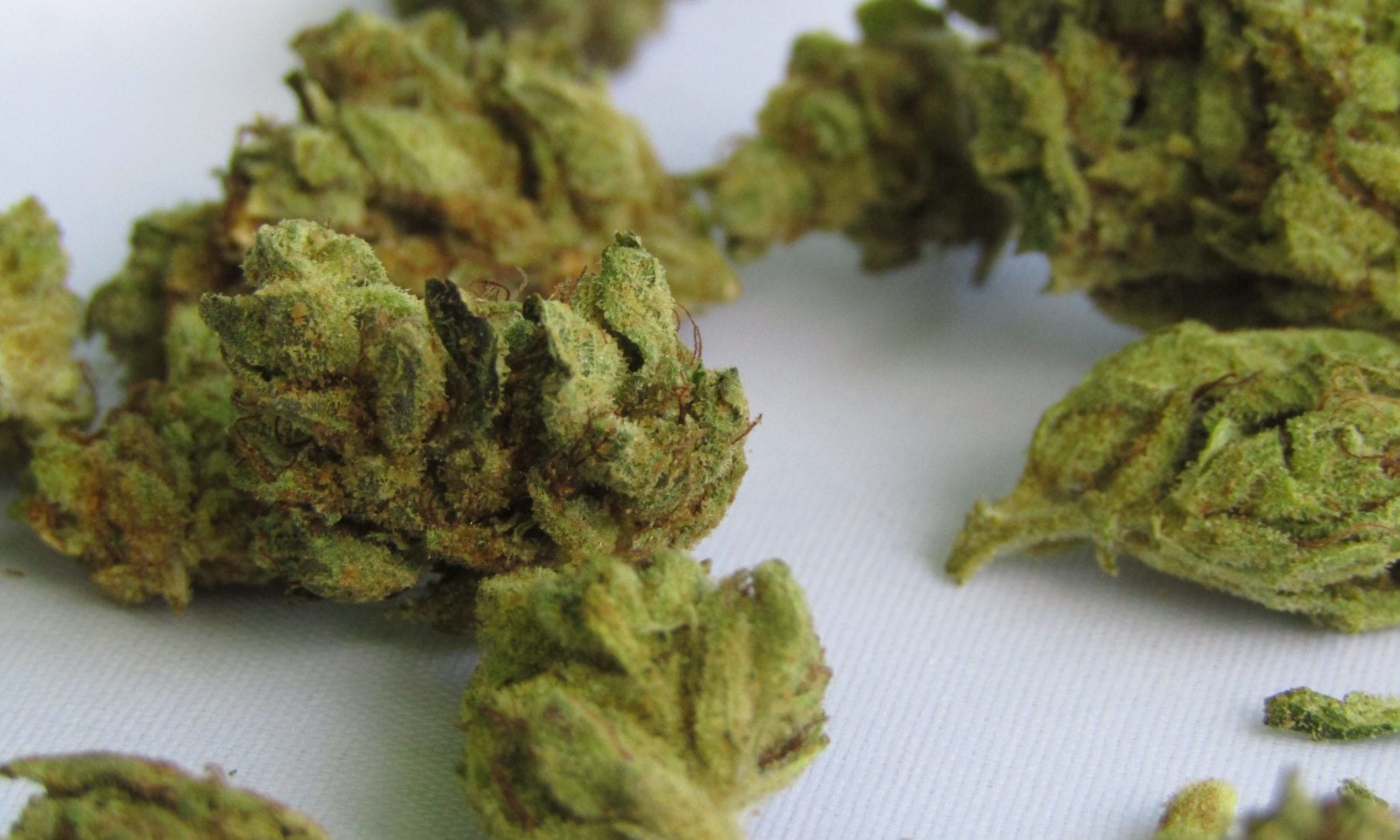Health and Wellness News, Industry News
Recreational Marijuana Store Customers Consume To Help Pain And Sleep, Study Finds
By
People who shop at recreational marijuana dispensaries aren’t just using cannabis to have a good time. In fact, a new study reports that many adult-use customers consume marijuana for the same reasons medical cannabis patients do: to help with pain and sleep.
A growing body of research has shown the health benefits of legal medical marijuana access, including an association with lower use of opioids. The problem with these laws, however, is that they usually require a physician’s recommendation and/or registration with the state’s medical cannabis program in order to get access. That means many people who live in states where medical marijuana is legal and face barriers to health care are still unable to access cannabis to help alleviate their symptoms.
New research published in the Journal of Psychoactive Drugs this week, however, shows some people in areas where broader adult-use legalization is in effect are side-stepping these requirements to get the relief they need from cannabis retail shops.
“In a survey of adult use customers,” the study states, “we found that the majority reported taking cannabis to relieve pain or to promote sleep. In addition, most respondents taking cannabis for pain or sleep reported substituting cannabis for prescription or over-the-counter analgesics or sleep aids.”
Researchers surveyed 1,000 people who shopped at two Colorado dispensaries and were not certified to access marijuana for medical purposes. The study’s goal was to get a better understanding of how these customers use cannabis to treat their symptoms as a substitute for prescription and over-the-counter medications (OTC).
In addition to gathering sociodemographic information, researchers asked participants about their health status, how cannabis had changed their use of OTC and prescription drugs and if and how cannabis impacted their pain and sleep.
The majority of respondents said they used marijuana to relieve pain (65 percent) and help them sleep (74 percent).
“Among respondents taking over-the-counter pain medications, 82% reported reducing or stopping use of those medications,” the study states. “Among respondents taking opioid analgesics, 88% reported reducing or stopping use of those medications.” Additionally, more than 80 percent of participants who had taken sleep aids, including those obtained with a prescription, also said they reduced or stopped using those medications altogether.
“[T]he majority reported that cannabis decreased their medication use. Adult use cannabis laws may broaden access to cannabis for the purpose of symptom relief.”
“Our findings suggest that de facto medical use may be highly prevalent among adult use customers, and that access to an adult use cannabis market may influence individuals’ use of other medications,” the study’s authors wrote. Despite the fact that adult-use laws are often called “recreational,” the findings suggest that many customers are more interested in consuming cannabis for its therapeutic benefits.
NORML Deputy Director Paul Armentano said he wasn’t surprised by the results.
“Several prior studies similarly show that the use of cannabis by qualified patients is associated with the reduction, or even the elimination, of certain other prescription drugs — specifically opioids — over time,” he said. “These findings speak not only to the therapeutic efficacy of cannabis as an alternative analgesic option, but also to its potential role as a harm reduction agent.”
In a statement, Dr. Gwen Wurm, an assistant professor of clinical pediatrics at the University of Miami Miller School of Medicine and study co-author, explained the significance of the findings: “Approximately 20% of American adults suffer from chronic pain, and one in three adults do not get enough sleep. In states where adult use of cannabis is legal, our research suggests that many individuals bypass the medical cannabis route (which requires registering with the state) and are instead opting for the privacy of a legal adult use dispensary.”
She cautioned, however, that more research is needed to understand the benefits and side effects of cannabis, as well as the ramifications of substituting cannabis for pharmaceuticals.
“The challenge is that health providers are far behind in knowing which cannabis products work and which do not,” Wurm said. “Until there is more research into which cannabis products work for which symptoms, patients will do their own ‘trial and error,’ experiments, getting advice from friends, social media and dispensary employees.”
Read more from the source: MarijuanaMoment.net
Photo credit: Ndispensable.


